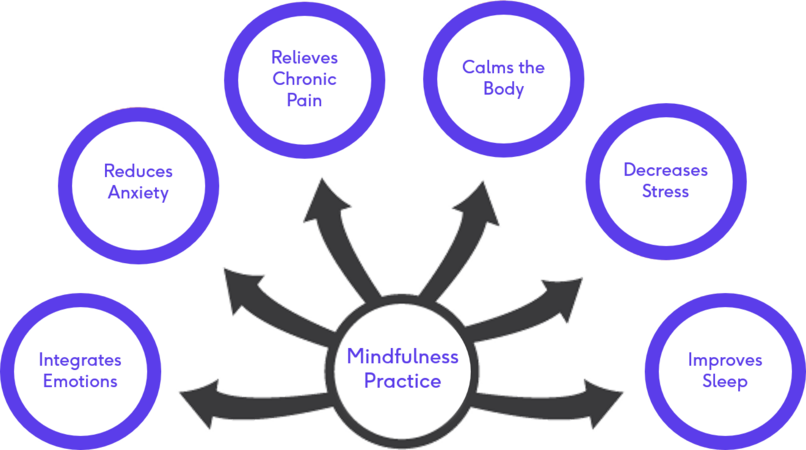
In our increasingly fast-paced world, many individuals grapple with accumulated tension, particularly in the legs. This tension often arises from sedentary lifestyles, prolonged periods of standing, or intense physical exertion. The frequent manifestations of this discomfort can incite a fascinating inquiry into effective relaxation techniques tailored specifically to alleviate leg tension. Understanding the underlying causes of this discomfort and exploring easy relaxation techniques not only enhances physical well-being but also enriches one’s overall quality of life.
To embark on this journey towards relaxation, it is imperative to first comprehend the anatomical and physiological intricacies of the legs. The legs comprise numerous muscles, tendons, and ligaments that endure significant strain, leading to stiffness and discomfort. Whether it be the hamstrings, quadriceps, or calves, understanding the muscle groups involved is paramount. Factors such as poor posture, insufficient hydration, and your choice of footwear can exacerbate these tensions. Consequently, incorporating appropriate relaxation techniques can lead to enhanced flexibility and mobility, providing a profound sense of relief.
One effective method for relieving tension in the legs is through static stretching. This technique entails elongating muscles to the point of tension and holding that position for a substantial duration. Stretching not only aids in improving flexibility but also catalyzes muscle relaxation. Simple yet effective stretches such as the hamstring stretch can be performed in a seated position. By reaching toward the toes while keeping the legs straight, individuals can stimulate blood flow and alleviate tension. Similarly, the quadriceps stretch, executed by standing on one leg and bringing the heel of the opposite foot toward the glutes, can foster a soothing release in the front of the thigh.
Another avenue worth exploring is the practice of yoga. This ancient discipline is emblematic of balance, harmony, and tranquility, engendering profound physical and mental benefits. Specific yoga poses target leg tension, such as the downward-facing dog or the pigeon pose. These postures not only stretch the lower body but also promote a heightened awareness of bodily sensations, fostering a holistic approach to relaxation. Additionally, incorporating deep breathing practices within yoga can amplify its efficacy, allowing for an introspective release of built-up tension.
Employing progressive muscle relaxation (PMR) techniques can also offer remarkable results. This practice involves systematically tensing and relaxing specific muscle groups, creating a heightened state of awareness regarding muscular tension. To practice PMR for the legs, one can initiate the process by seating oneself comfortably, then progressively flexing the calf muscles while inhaling deeply, followed by a slow exhale as the muscles are released. This not only alleviates physical tension but also encourages mindfulness, an essential component of effective relaxation.
The utility of massage therapy cannot be overstated when discussing leg tension relief. Various forms of massage, including Swedish and deep tissue techniques, can alleviate muscle tightness and improve circulation. Through the manipulation of soft tissue, massage helps to break down lactic acid deposits that contribute to fatigue and discomfort. Whether performed by a professional or self-administered techniques such as foam rolling, the profound impact of massage on leg relaxation is well documented.
In conjunction with these physical approaches, mental relaxation techniques, such as guided imagery or mindfulness meditation, should not be overlooked. These methods promote a tranquil state of mind, fostering the release of mental tension that can translate into physical relaxation. For instance, engaging in a five to ten-minute mindfulness meditation focused on breath awareness can help individuals connect with their bodies and identify areas of tension within the legs. The focus shifts from external stressors to internal awareness, allowing for an integrated sense of relaxation.
Establishing a regular practice of diminishing stressors in one’s daily environment is crucial. For those who find themselves frequently seated at a desk, it is advisable to adopt ergonomic practices and take scheduled breaks to alleviate undue tension in the legs. Incorporating simple habits, such as standing or performing light stretches every hour, can facilitate circulation and keep the muscles engaged. Furthermore, hydration plays an equally significant role; ensuring adequate fluid intake is vital for muscle function and overall relaxation.
Lastly, consider incorporating aqua therapy into your relaxation repertoire. Engaging in water-based activities not only reduces the weight placed on the legs but also allows for gentle stretching and movement. Swimming or even simply moving about in water can provide a buoyant sensation that eases muscular tension while enhancing flexibility.
As we conclude this exploration into the myriad methods available for relieving tension in the legs, it’s clear that an integrative approach encompassing varied relaxation techniques can lead to substantial benefits. Whether through static stretching, yoga, massage therapy, or mindfulness practices, recognizing the interplay between the body and mind is fundamental. Implementing these techniques with regularity can foster a lasting sense of well-being, ultimately allowing individuals to reclaim comfort and mobility. Embrace the tranquility that comes with the art of relaxation and the resilience of your legs—nurturing this often-overlooked aspect of wellness contributes not just to physical health, but to a more balanced, fulfilling life.
